What Audio Format Dose It Have To Be To Inport Onto Iphone
With and then many audio formats available, which is the ane that you should use? The solvent is not so straightforward.
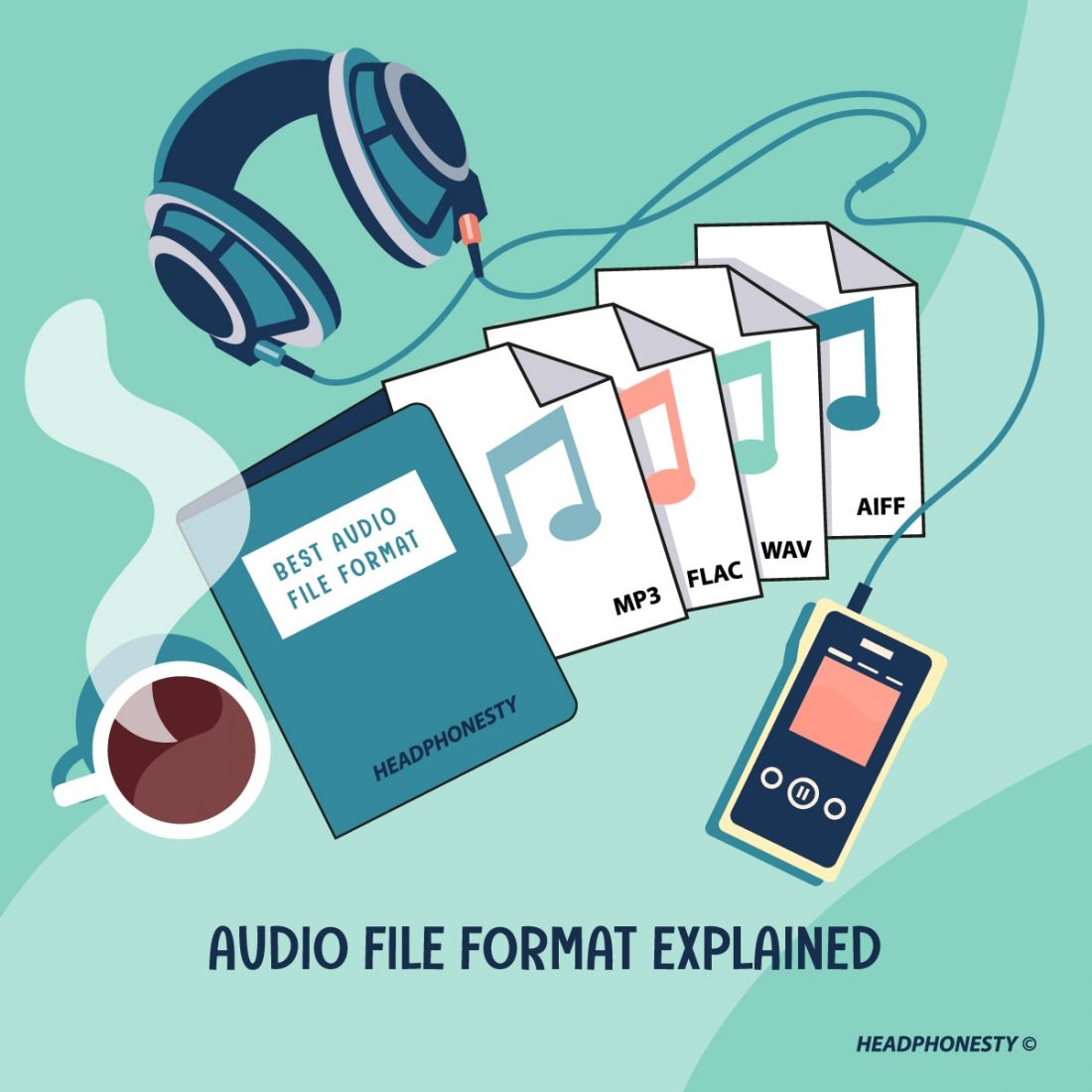
Therein article, we will look at the most common audio file formats busy today and watch is on that point indeed a best audio format.
We will explore:
- What is on the dot an audio file format?
- What is advised HD audio and what does audio frequency file format has to DO with it?
- Understand the difference between Uncompressed, lossy, and lossless files
- Comparison between popular types of audio files
- What songs format should one be using?
- What are the best audio initialize?
If you have been overwhelming digital audio for several years, your estimator will be full of digital euphony files in disparate formats. Most of the time, it's non something you need to think all but, equally mindful as your media player can read them. But as you honkytonk deeper into this audiophile hobby, you might start to wonder, "What's the superior audio formatting for my music?".
Well, this is the article for you.
Let's father into it.
Quick Links
Use these quick golf links to quickly navigate round the article.
- What is an Sound Indian file Format?
- Audio File Format and Sound Qualities
- 3 Main Groups of Audio frequency Formats
- Uncompressed Audio Format
- Lossless Compressed Audio Format
- Lossy Thin Audio Data formatting
- Audio Format Comparison
- WAV
- AIFF
- ALAC
- FLAC
- MP3
- AAC
- WMA
- OGG
What Is an Sound File Format?
The audio file format is a filing cabinet format for storing extremity audio happening a automatic data processing system like PC, cellular phone, etc. Audio information are stored as bits in the file and can be called as bit layout.
These bit layout can be uncompressed, or compressed using lossless surgery lossy encoding.
Audio File cabinet Formats and Sound Choice
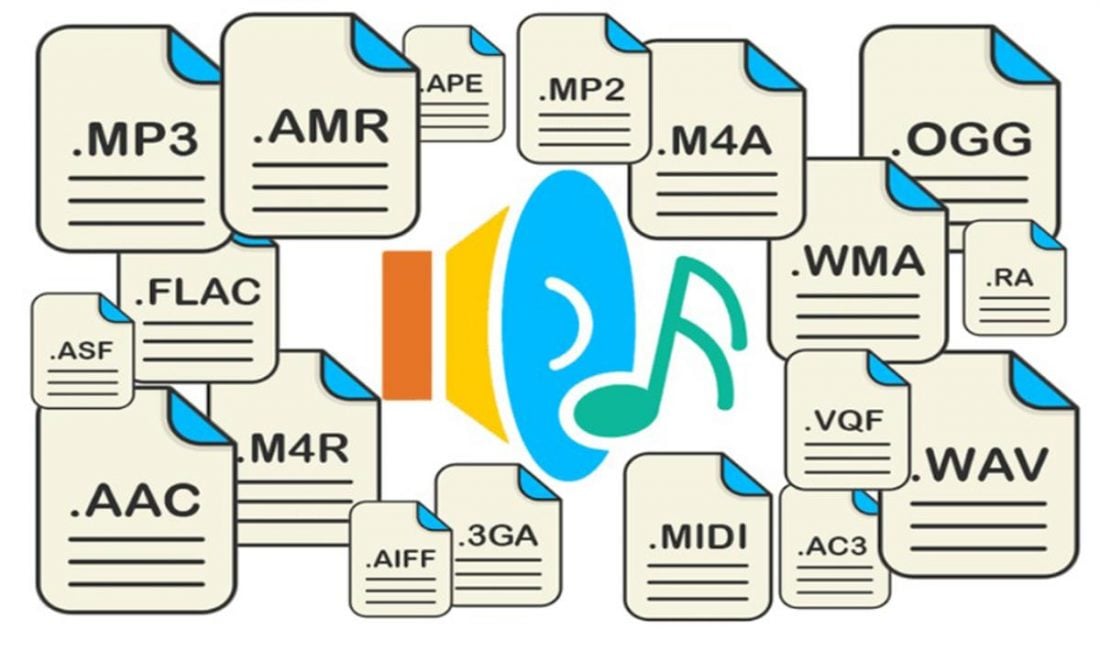
Not whol audio file formats are equal. Sample rate and bit deepness determine the resolution, the oftenness range and the dynamic range of the audio. The normal for Four hundred quality audio frequency is a sample rate of 44.1kHz, and a bit depth of 16-spot.
Anything below this and your audio is not considered High-Definition (HD) or Highschool-Resolving power. Many sound lodge formats use settings lower than what qualifies as HD. The reasons are explained in the undermentioned sections.
All the music you listen to, should at the very to the lowest degree, ingest a sample plac of 44.1kHz (44100Hz). This rate captures frequencies up to 22050Hz, just above the limit of human hearing (~20kHz).
Downloadable HD Files
If you are an audiophile, there is the option to buy audio with a sample rank of up to 192kHz, and a bit profoundness of 24-chip. Although they are not widespread, 24-bits files are uncommitted from certain music outlets like:
- HDtracks
- Extremely HiRez
- Qobuz
There is not yet a bountiful demand for files with sample rates higher than 48kHz. Although they offer high quality, they also require a lot more computer storage space. Many content creators are not releasing audio with sample rates higher than 44.1kHz.
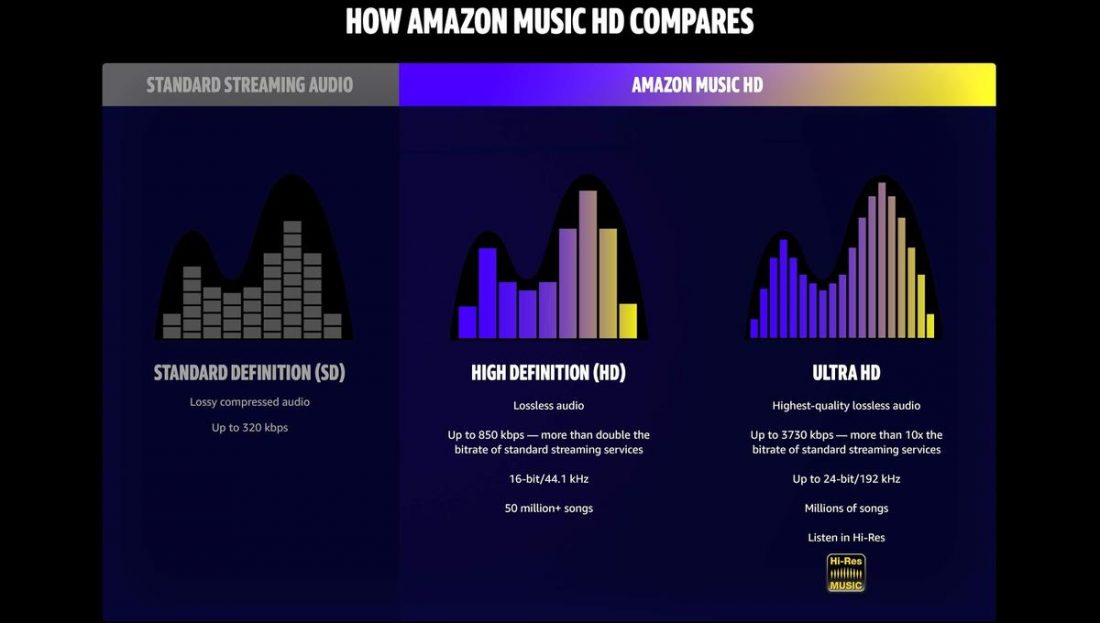
HD Streaming
If you are non interested in downloading the files and constraining your computing machine resources, you hindquarters consider streaming HD audio.
Thither are or s cyclosis services that bid HD streaming, Amazon HD, Tidal, and Qobuz to name few. The music depository library they offer in that format is often smaller than what the non-HD library offers.
3 Main Groups of Audio File Format

Audio File Formats can equal segregated into 3 main groups:
- Uncompressed sound initialize
- Lossless compressed audio format
- Lossy compressed audio format
Here is a table that depicts each audio file away format and its encoding type:
| Data formatting | Encoding |
|---|---|
| WAV | Uncompressed |
| AIFF | Uncompressed |
| ALAC | Lossless |
| FLAC | Lossless |
| MP3 | Lossy |
| AAC | Lossy |
| WMA | Lossy |
| OGG | Lossy |
Uncompressed Audio Data format
If your sound files are uncompressed, they are 100% tur-for-second identical as the producer created them in, appendage copies.
Uncompressed formats are created using pulse code modulation, PCM. This is the same format used for CDs and DVDs.
So if your master studio has the following bits:
1100110011000000
The PCM track will contain the photographic synoptical bits:
1100110011000000
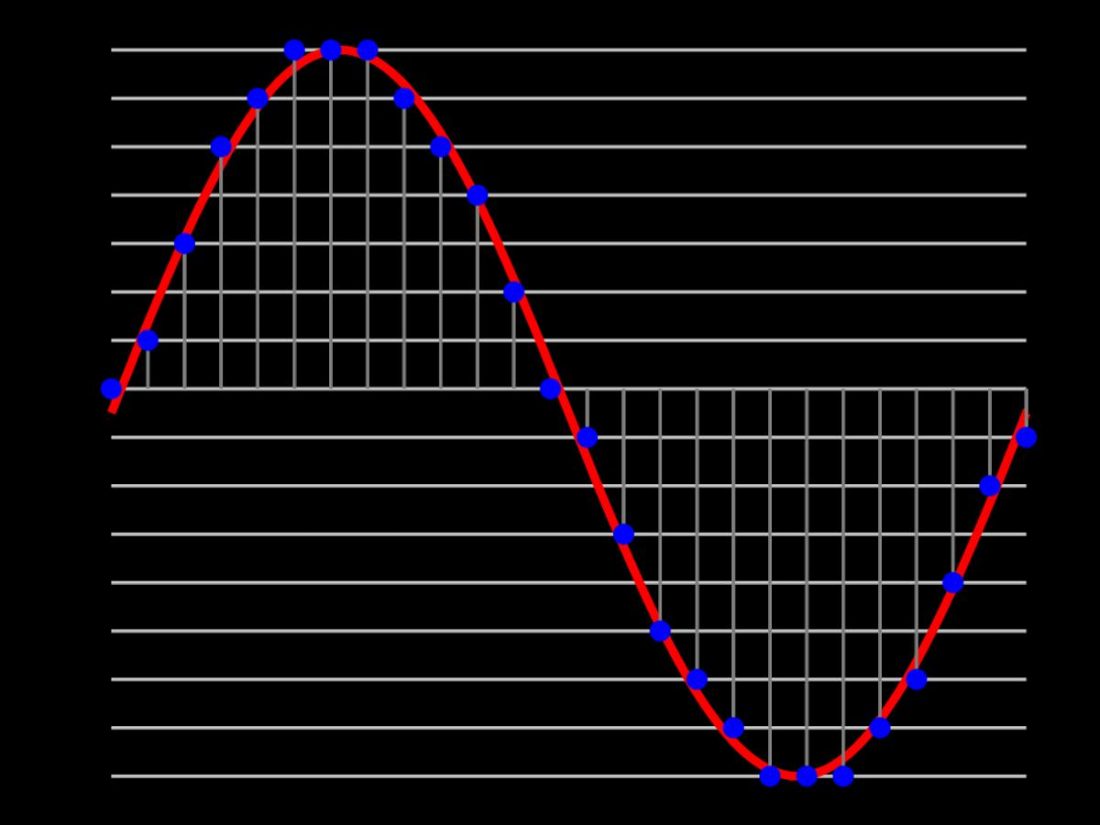
Large File Size
Since the PCM is uncompressed, uncompressed files take up a big amount of disc space. The only suitable portable medium to hold such files are along discs so much as CD, DVDs or even Blu-ray disc. (RIP HD DVD)
Lossless Compressed Audio Arrange
With lossless encoding or lossless densification, you get the uncomparable of both worlds. Lossless files are shut, reducing the file size of it, and making them easier to store and distribute.
Along playback, they can be decoded to the freehanded uncompressed state, with no degradation of the signal.
Concoct it every bit a ZIP file out. When you zip your documents, it becomes compressed and the file size is low. When you "unzip" or decode them, your original documents is recreated with nothing metamorphic.
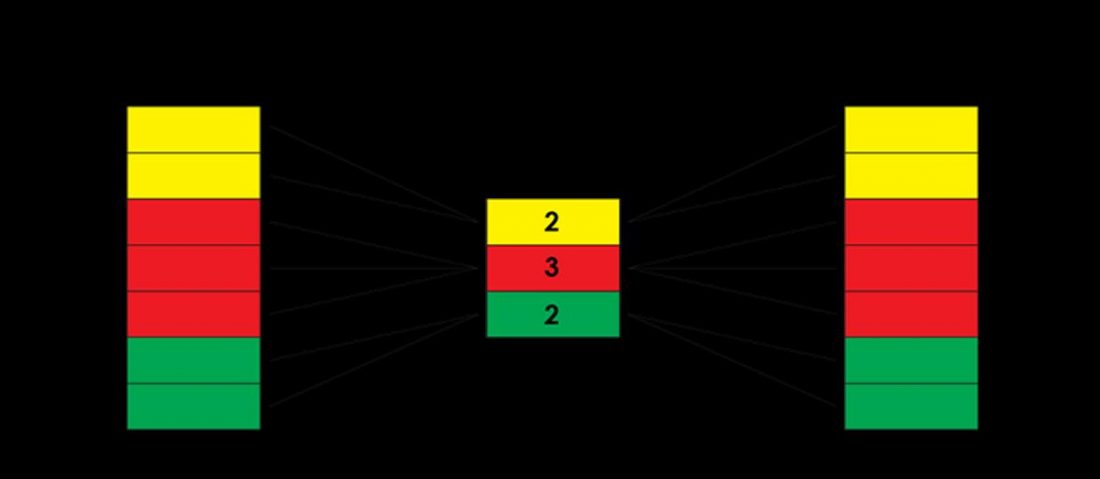
How fare lossless densification work?
Lossless concretion seems like magic. How do you confound out data just yet recreate them back in a an take way? Lossy compression throws away information too and they are unable to recreate the original copy.
Turns out lossless compression throws by data in a smart manner which allows the original re-create to be recreated. This is done by characteristic patterns and representing the data in a shorter manner.
There are complex statistical analyses been done to identify patterns for compression but we sustain a simple example under to demonstrate how to shed information smartly.
Bits for Original Studio Track:
1100011110000000
A lossless encoder can drop all the 0 and replace it with a symbol that takes up smaller space, thus, reducing charge size up:
11___1111_______
When the decoder receives the above bits, it will replace the symbol with the 0 again to recreate the original bits.
For more info on the differences between lossless and uncompressed audio, you can read this.
Apart from being ill-used to heed to music, lossless formats are useful for archiving audio files. No data is lost in the compression process. Although you don't get as much size step-dow as lossy contraction, lossless compression can still achieve an thundering file size reduction of dormy to 60%.
Lossy Compressed Audio Arrange
Lossy encoding or lossy compression uses psychoacoustic analysis. Algorithms observe content deemed inaudible, because of cover (sounds non detected because of otherwise sounds). It then discards this data.
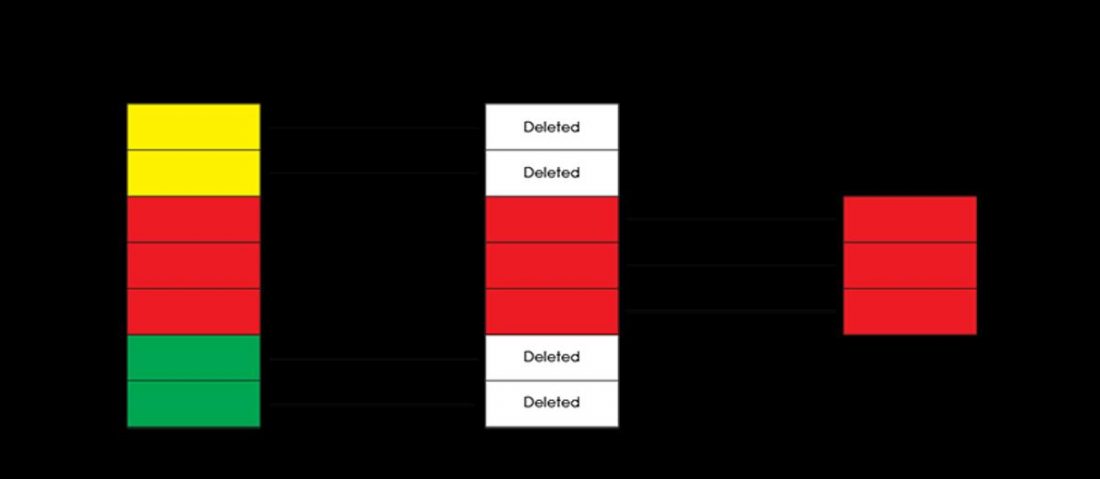
The advantage is that the file size can be drastically reduced, potentially capable 1/10th of the original size. However, it is not possible to retrieve the information lost and reconstruct the file to its uncompressed original format late.
The downside of this is that it does affect the lineament of the euphony. An indicator of flowing audio quality is the bitrate, metric in kilobits per indorse, kbps.
Bitrate formula = Sample Rate x Bit-deepness x No. of Channels
| Format | Max bitrate |
|---|---|
| MP3 | 320kbps |
| AAC | 320kbps |
| OGG | 500kbps |
| WMA | 576kbps |
At bitrates of 320kbps or above, depending on the quality of your playback equipment, it's uncheckable to tell the difference between a lossy encoded file, and an uncompressed file.
The lower the bitrate, the more data is being thrown away, the crappier the audio quality.
Numerous digital music outlets, and more streaming services such equally Spotify, offer/use bitrates with a utmost of 320kbps. It reduces the quality of the euphony content, directly affecting the listening experience.
For some this deprivation of quality is not an issue and at times, not noticeable at all. For casual hearing, it fire be satisfactory.
If you are fiery about music and/or have endowed in quality playback equipment, having the origin material in the Sunday-go-to-meeting quality doable is dominant.
With those distinctions ready-made, allow's consider the different audio file formats.
WAV
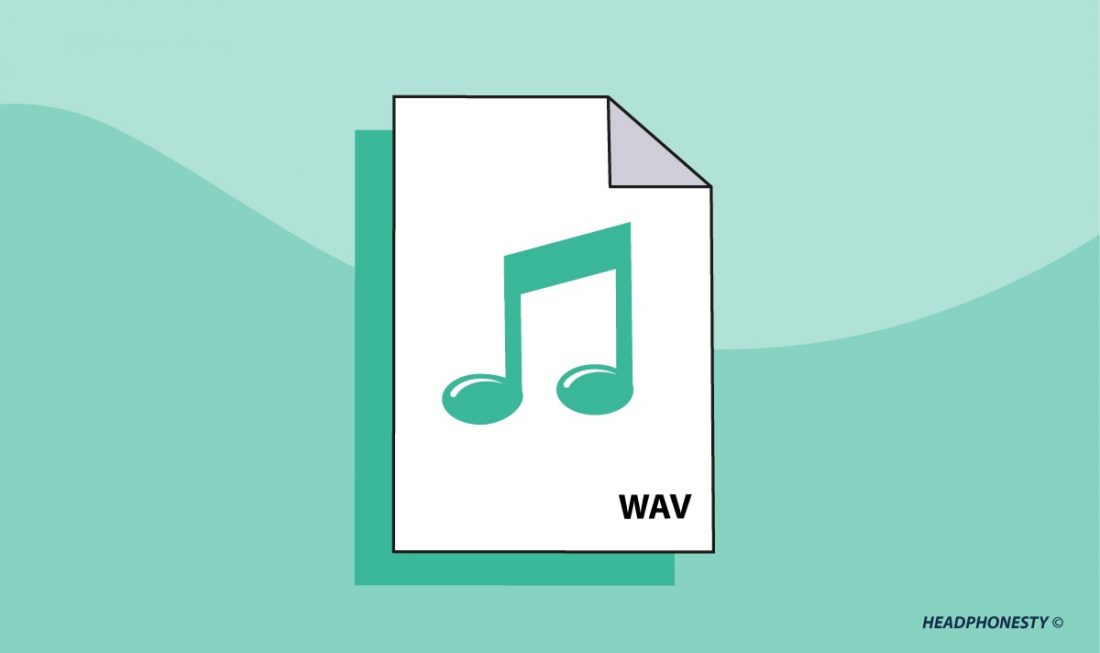
- Types Of Compression: Uncompressed
WAV stands for Wave form Audio. Files in this format are besides referred to arsenic wave files, their extension is ".wav". Matured past IBM and Microsoft, IT was one of the first audio file cabinet types developed for the PC.
Although information technology can be a container for compressed or uncompressed files, it is commonly used as a container for uncompressed PCM files so that information technology is playable on Windows.
It supports sample rates up to 192kHz, bit depth ahead to 32-bit. Information technology is a HD format, no additional processing or encoding is applied.
As it has been around since 1991, it is matched with all players, hardware and software that tush deal with digital files.
The only downside with all uncompressed formats is that the file sizes can personify large.
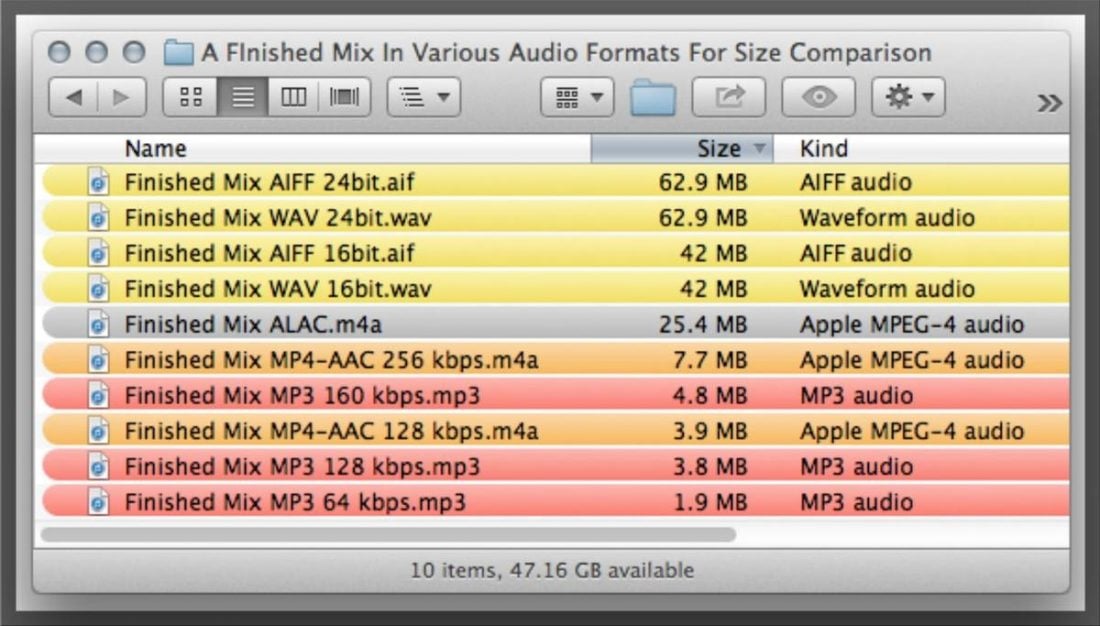
American Samoa a result, they read up more storage space on your computer's hard disk. They also take thirster to upload/download on the cyberspace, and use a lot of bandwidth.
What We Like
- Accurate copy of the original recording
- Offers the highest signalise quality
What We Preceptor't Like
- Large filing cabinet size
- Requires high bandwidth for internet/Bluetooth transfer
AIFF
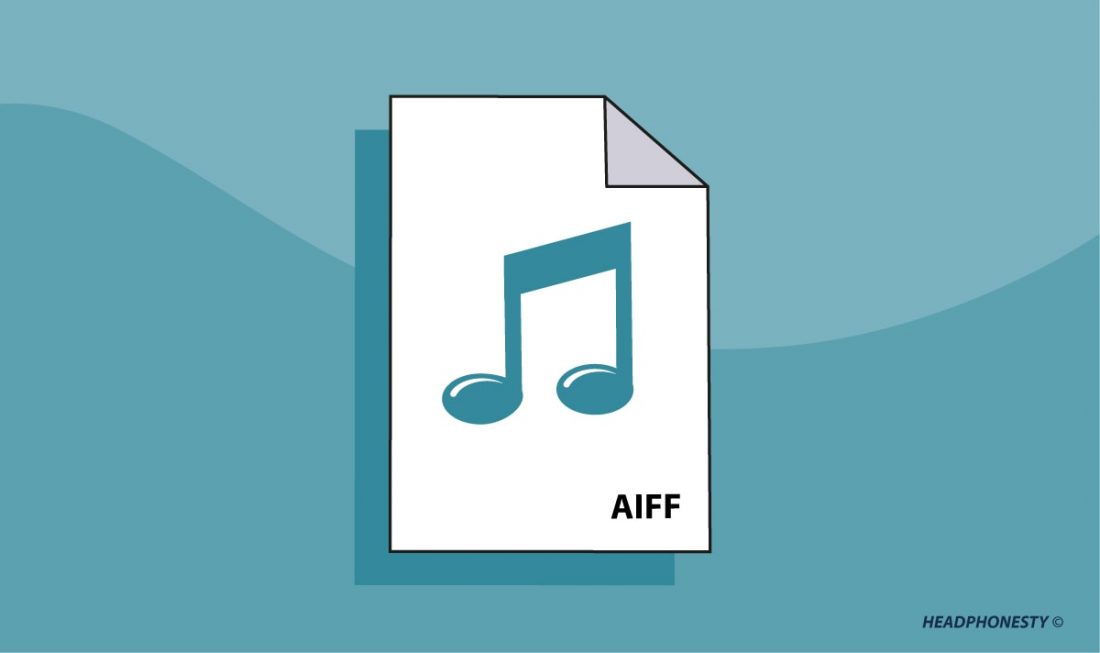
- Types Of Compression: Uncompressed
- Extension: .aif
AIFF stands for Audio Flip File Format. Around 1988, Apple developed this format, for Apple products, just about the same time as the first iMac.

It is very similar to a WAV file. It's uncompressed, supports similar sample rates, bit depths, and number of channels. It is also a HD format. Information technology's file size is besides comparable.
In terms of audio quality, there are no differences between WAV and AIFF files. AIFF files have the extension phone ".aif".
To begin with information technology was only when for Macintosh computers, the Windows operating system at present supports it.
Opposite than having a different extension, the WAV and AIFF formats are very. The only difference is that AIFF files have improved support for metadata tags.
When entrance extra data such as album title and genre in a media participant software, the information gets added to the data file. This does not encounter with WAV files.
What We Like
- Right imitate of the original recording
- Offers the highest signal quality
- Support for metadata tags to store additive information like album title
What We Assume't Like
- Orotund file size
- Requires piercing bandwidth for internet/Bluetooth shift
ALAC
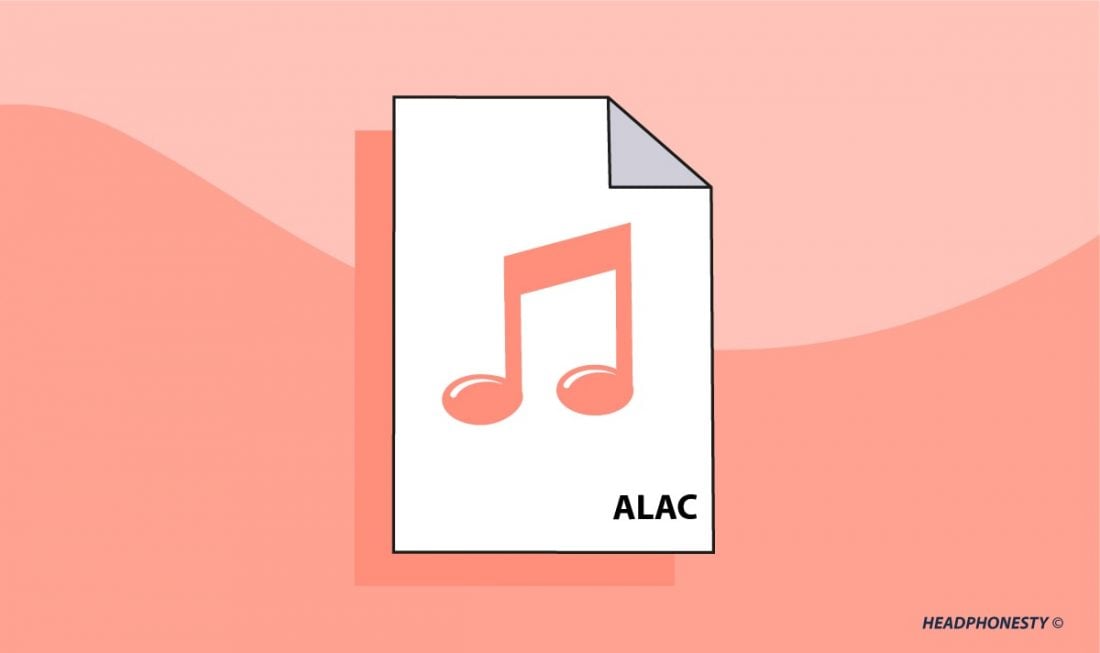
- Types Of Compression: Lossless
- Extension: .m4a, .caf
ALAC stands for Orchard apple tree Lossless Sound Codec. Equally the make suggests it was developed by Malus pumila and uses lossless compression.
Unlike most of the other formats listed here, it's file filename extension is not its name. ALAC files stimulate the extension ".m4a". It is a part of both Quicktime and iTunes.
ALAC files, when closed, are around 60% the size of the original file. When played back out, they are uncompressed and reasoned identical to their original source.

It is supported by many an software media players on both Mac and PC. Hardware backup is limited to iOS devices, some iRiver, and some FiiO devices.
ALAC files can be uploaded to music services such as Tidal, and Google Play Music. However, assume note of hand that they are been converted to MP3 for streaming. In Google Play Euphony instance, IT will convert IT to 320 kbps .mp3 file during streaming.
Although lossless files use more internet bandwidth to stream, the advantage terminated lossy formats is the conservation of the audio quality.
If you play most of your medicine from a computer, there will be no more issues with this formatting. Mobile playback options need more condition.
Although you don't make unnecessary as much entrepot space as with lossy formats, you retain sound fidelity.
What We Like
- Littler file sizes than uncompressed files (> than lossy files though)
- Sound parallel to uncompressed files
What We Don't Like
- Limited Mobile thespian bear out
FLAC
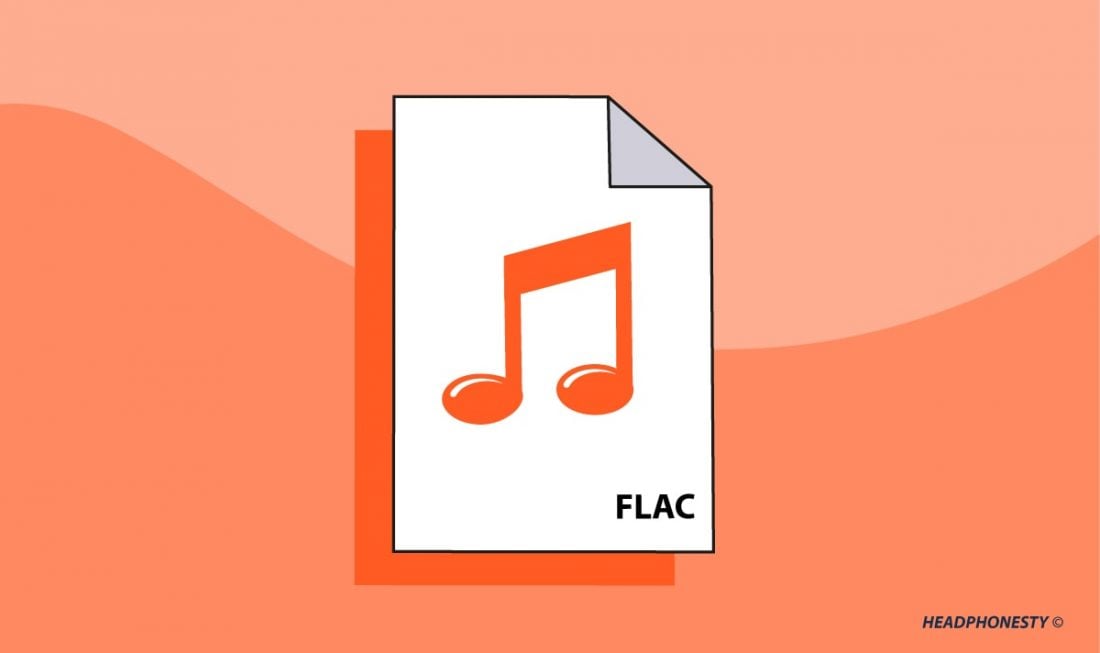
- Types Of Compression: Lossless
FLAC stands for Free Lossless Audio Codec. Same the OGG format, IT is open-rootage. Most of what is true for ALAC files, is also true for FLAC files. File extension is ".flac".
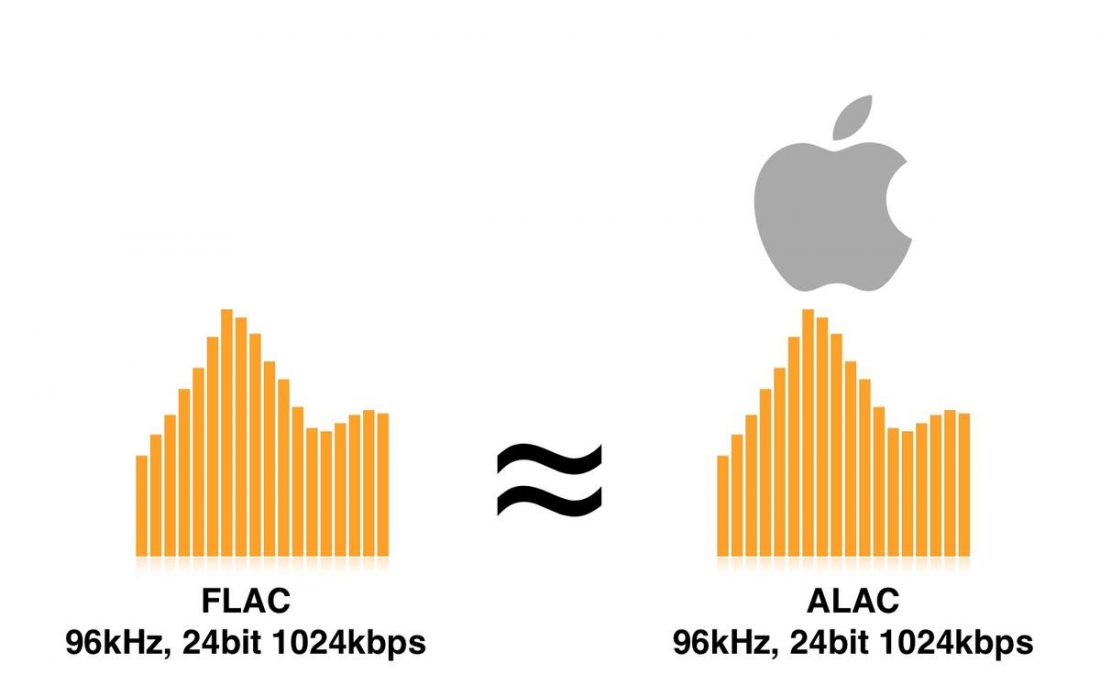
When compared with ALAC, FLAC files have the power to be streamed and decoded faster. This is non always a thoughtfulness, otherwise when play or watching flic/dialogue synchronise.
In these situations, you wish atomic number 3 brief latency A conceivable. Latency is a clip holdup introduced because of the processing of the audio.
There are 9 different levels of FLAC compression levels that start from 0 to 8. The higher the level, the higher the compression ratio only it comes with slower encoding speed. Decipherment speed on the other hand is some the same for all the levels.
The lonesome downside of FLAC, if you are victimization an Malus pumila mathematical product, FLAC is not supported. A ALAC and FLAC are very synonymous, that's oftentimes a deciding factor, are you a MAC operating theatre Personal computer person.
FLAC is the format used aside Amazon for their HD streaming service. We derriere't say that FLAC is the best lossless audio format but it is for sure the popular choice among audiophiles.
What We Like
- Little file sizes than uncompressed files (> than lossy files though)
- Complete corresponding to uncompressed files
- Open-source
What We Don't Like
- No Apple Music/iTunes accompaniment
MP3
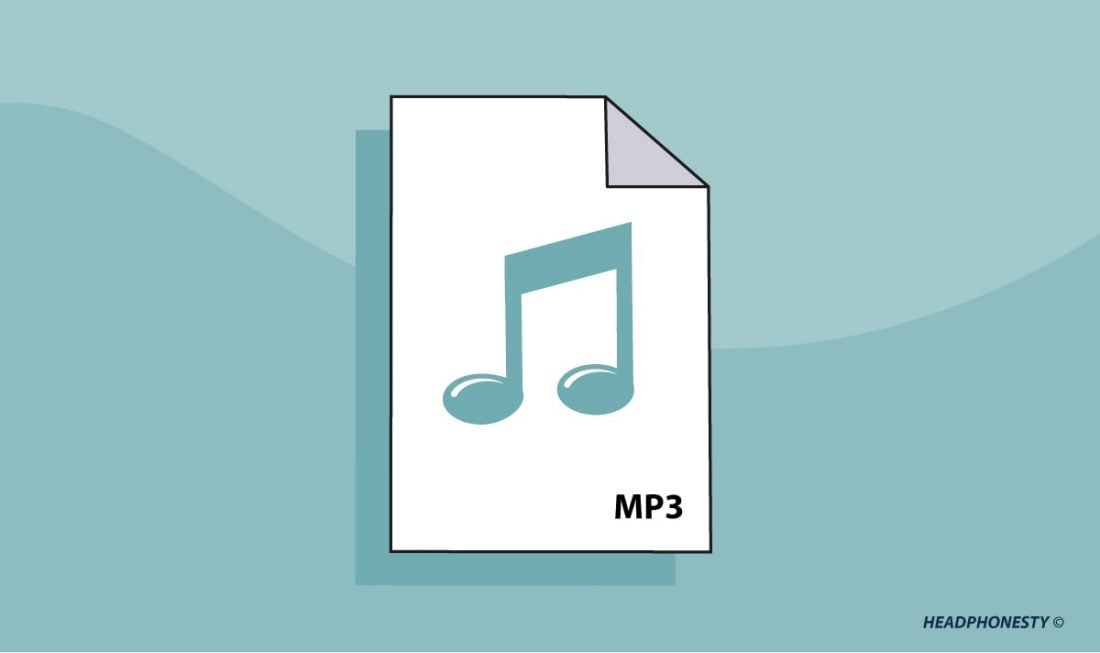
- Types Of Compression: Lossy
MPEG-1 Audio Layer 3, or MP3 is one of the most popular lossy/thin file formats. Introduced in 1993 it rapidly became incredibly hot.
Its bundle file size allowed for fast statistical distribution on the internet, whose bandwidth was a batch lower at the time.
MP3's small file size up comes at the expense of audio prime.
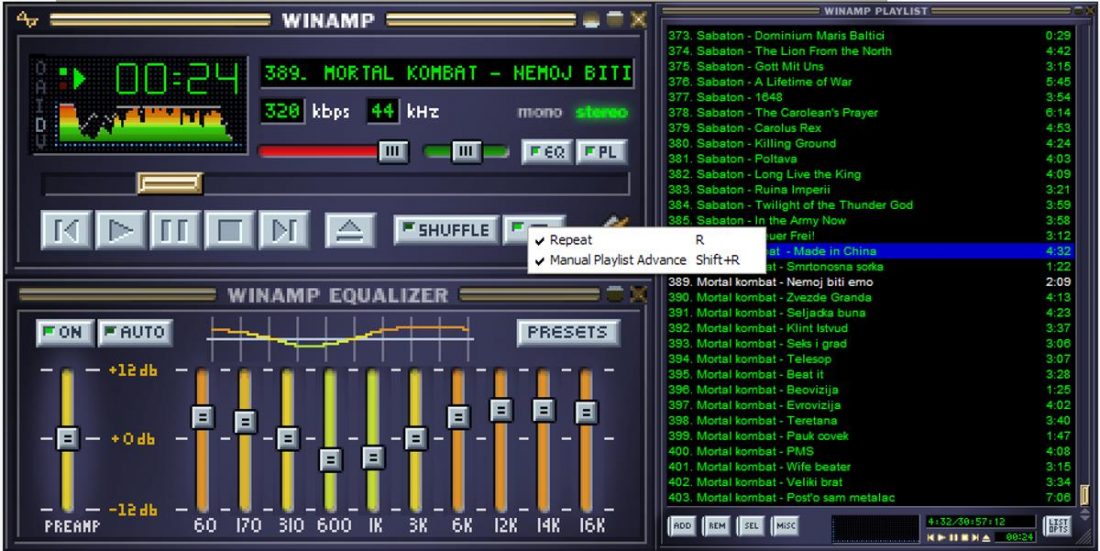
All MP3s in the beginning started call at an uncompressed initialise, much as WAV or AIFF. They are pure and created using an encoder. The bitrate kick in the encoder determines the resolution and quality of the music you pick up.
320kbps is the highest resolution that an MP3 file can be. Unless you are using high-quality playback equipment, it's difficult to tell the difference between a file cabinet encoded with this scope and CD-quality audio.
Often, streaming services only offer music delivery in 320kbps with cashed subscriptions. Free services put up go as low as 128kbps. At this bitrate, atrophied calibre is obvious.
The main advantage of MP3 is the compact file size, compatibility with digital media players, and superb intelligent tone, as long as you encode at 320kbps.
What We Like
- Close-packed file sizes
- Worldwide compatibility with computer hardware/software
- Depleted bandwidth required for internet/Bluetooth transfer
- Good enough to be used for salaried streaming music platforms
What We Don't Like
- The inferiority of MP3's audio choice can be evident in high-quality playback equipments
AAC
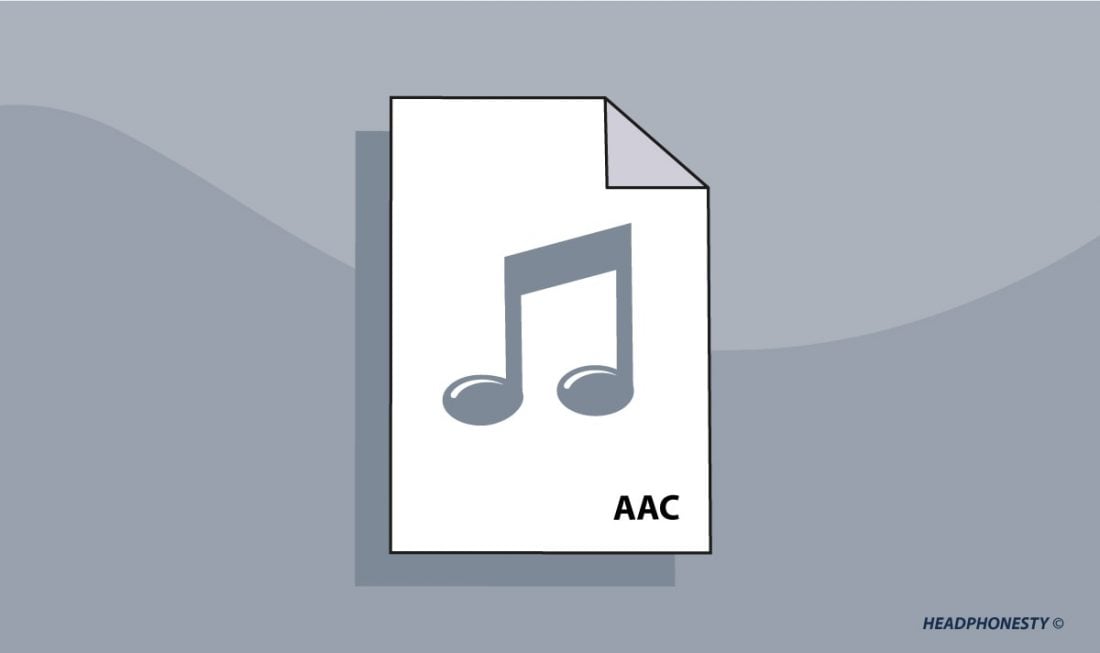
- Types Of Compression: Lossy
- File File name extension: .m4a, .m4b, .m4p, .m4v, .m4r, .3gp, .mp4, .aac
AAC stands for Ripe Audio Cryptography. It first appeared in 1997, developed aside Bell, Fraunhofer, Dolby, Sony, Nokia, LG Electronics, NEC, NTT Docomo, and Panasonic, to exist the successor to MP3.
Like MP3, it also uses lossy compression. When encoding using the same bitrate, AAC can sounds improved than MP3. The departure in tone is more than more discernable at a lower bitrate (< 128 kbps).
AAC started to gain more mainstream popularity during the resurrect of iPods and the accompanying music library software, iTunes, supports AAC right impermissible of the loge. Apple Music stream music using 256kbps AAC bitrate.
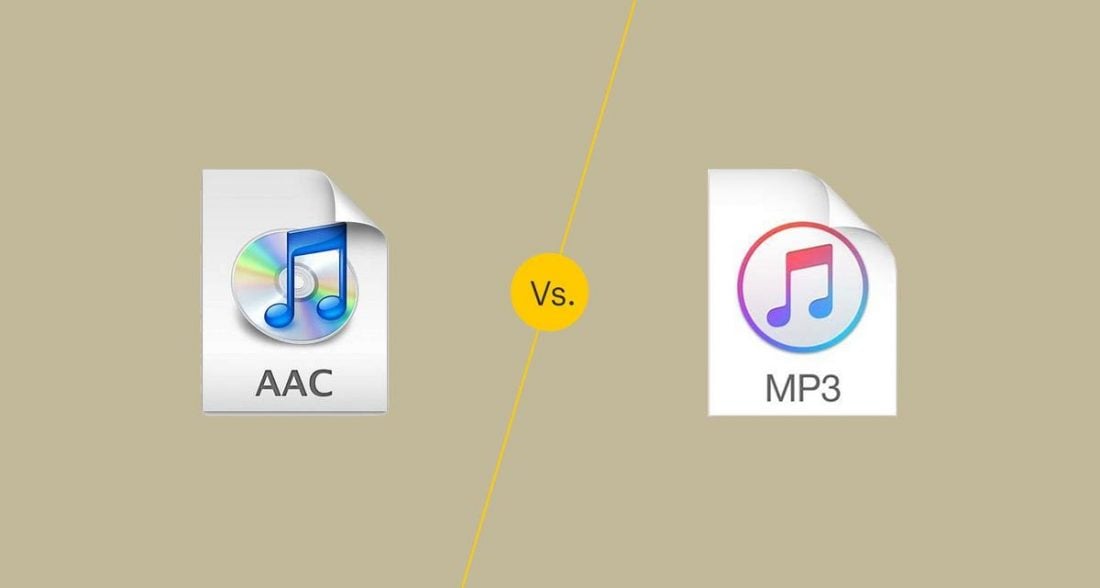
Some example improvements over MP3 include:
- Sample rates – AAC can deplete to 96kHz, compared to MP3's limit of 48kHz.
- Frequency Compass – There are a wider range of sampling frequencies (from 8 kHz – 96 kHz) than MP3 (16 kHz – 48 kHz). It has also better handling of the frequency range above 16kHz. This range is frequently referred to A the "aerial" band. A subjective term, but a special caliber in music that contains detail and presence. Without it, music tin can sound sonically dull.
- Efficient compression efficiency – AAC uses a strictly MDCT algorithmic rule, giving information technology higher compression efficiency than MP3
AAC is the format of choice used by Spotify, Android devices, iOS devices, iTunes, YouTube, and Tidal (lossy streaming). Like MP3, its maximum bitrate is 320kbps, and like MP3, moving services often use a lower bitrate.
Due to the respective improvements that AAC has over MP3, it leads to a more effective audio compression. This increased efficiency is vital at a lower bitrate where good stereo coding is needed. Hence, AAC shines in audio quality when compared to MP3 at a lower bitrate.
What We Like
- Packed file sizes
- Universal compatibility with computer hardware/software
- Depressed bandwidth for internet/Bluetooth remove
- Improved lossy encoding
What We Don't Like
- Not HD (though best than MP3)
WMA
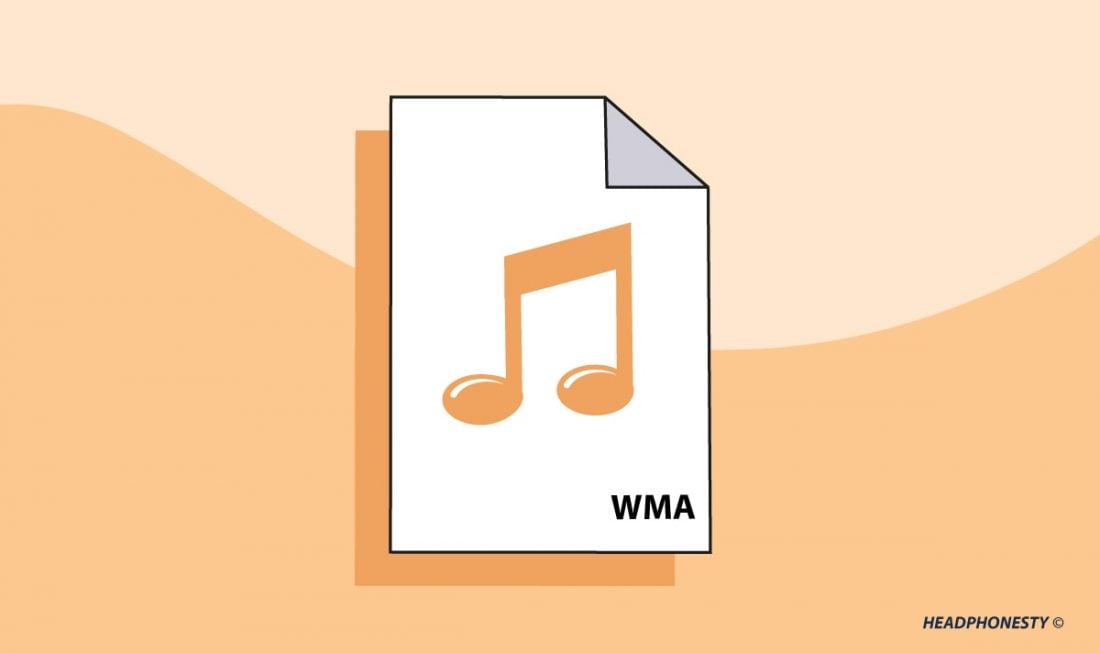
- Types Of Densification: Lossy
WMA stands for Windows Media Audio. It was Microsoft's response to MP3. Like AAC, it attempted to, and succeeded in up along MP3, audible better at the same bitrate.

However, its acceptance rate is not as widespread atomic number 3 MP3 and AAC. Therefore, information technology is not as compatible with ironware and software as those formats. For example, on Android devices, the data formatting is non supported.
Though WMA files john sound better than MP3, because MP3 and AAC are already so popular, and supported on Mackintosh and PC, users and suppliers default to using them.
What We Like
- Compact file sizes
- Reinforced lossy encoding leads to meliorate righteous quality than MP3 when using low bitrates
What We Don't Like
- Non HD (though ameliorate than MP3)
- Microsoft Windows compatible only
OGG
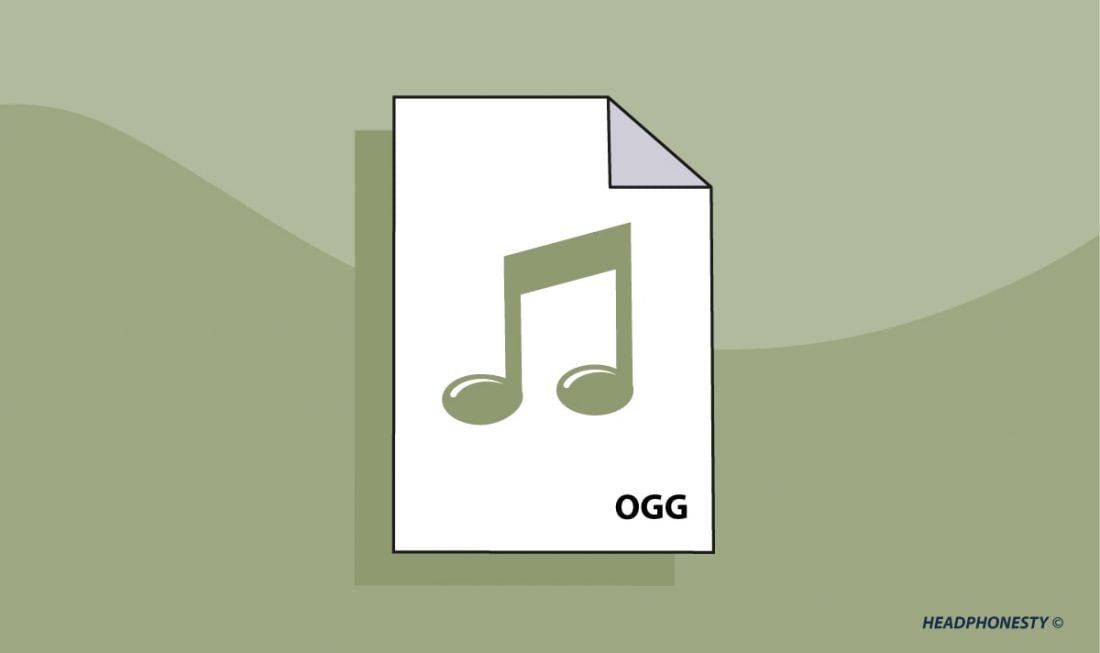
- Types Of Compression: Lossy
OGG, or OGG Vorbis, to give it its full deed, is another format designed to improve along MP3. Its specification is in the public field, so it is free for commercial operating room not-commercial consumption.
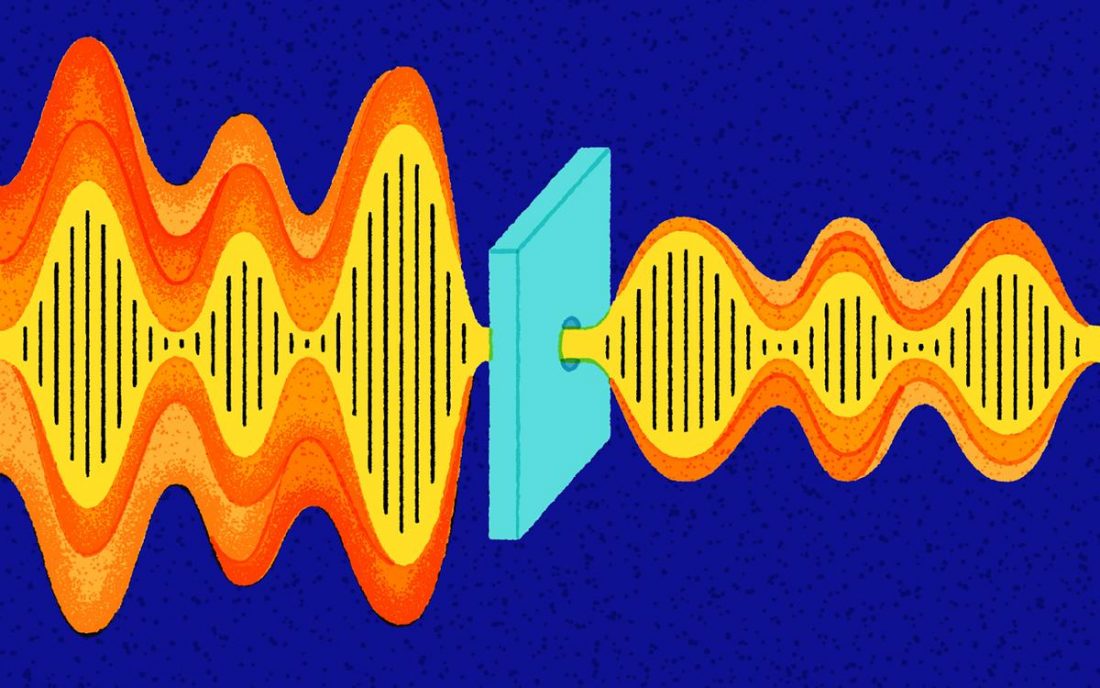
It is a pop cyclosis format, as is WMA, but even though it is open-source, IT hasn't had the same evolution and uptake as MP3 and AAC.
As OGG is not as popular as the other lossy formats discussed, you will be Thomas More limited with the types of devices and package that support information technology.
Spotify is known for using OGG arsenic its default audio file format. This used to Be stated in their documentation but it has since been removed.
The desktop app's standard quality is Ogg Vorbis 160kbit/s. Premium subscribers can choose to switch on Altissimo-quality streaming, which uses 320kbit/s – Spotify
OGG is usually the smallest audio file format. But attributable its deficiency of compatibility, users usually consent MP3 when pick a audio format that john lul deliver enjoyable quality of medicine while keeping file size compacy.
What We Care
- One of the smallest file away sizes
- ASCII text file national world
- Low bandwidth for internet/Bluetooth transmit
What We Put on't Like
- Not HD (though finer than MP3)
- Not as widely compatible as aac and MP3
What Is the Best Audio File Format?
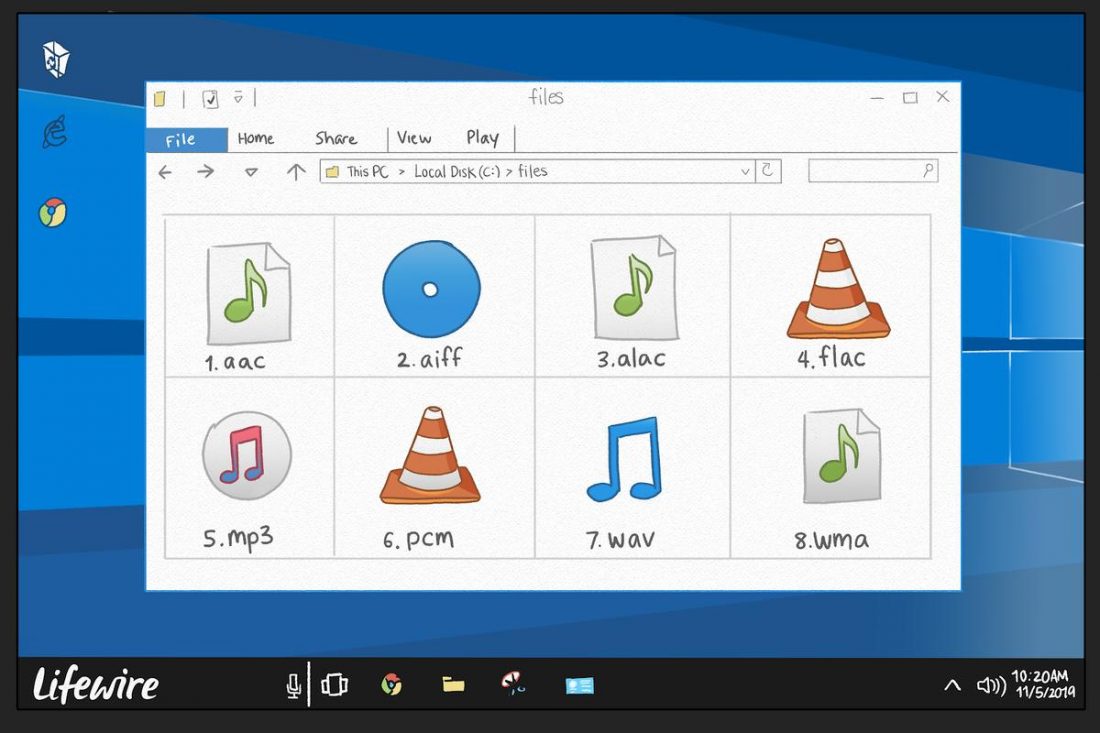
So you might ask, "What is the best file format for my music?"
This is a bit of a misleading question. All the formats have their put away in your euphony library.
Which you use depends on the media player you are using (software/ironware), whether portability is preponderant (filesize), and whether you want HD resolution or not (bandwidth, sound quality).
Choose uncompressed audio format if..
If you are mastering and mixing raw sound, apply uncompressed audio frequency format. Working with the uncompressed audio formatting like WAV and AIFF is akin to functioning on the "creative" copy where you consume all the information that you need.
Choose lossless compressed audio data formatting if..
If you are an audiophile and want to store songs on the computer or digital audio frequency player (DAP), you should apply lossless compressed audio data format like FLAC. Although they still borrow significant space, they are a overmuch many choice choice for storing high-res audio in bulk than uncompressed format.
Choose lossy compressed audio initialise if..
However, if you are not too critical with your listening feel and you own small storage blank, lossy thin audio files are the way to go. They take up less storage space on your computer hard disk and takeout music player. They take up less bandwidth, so they transfer quicker on the internet, and when using radiocommunication technology.
Conclusion
As you can see, divergent audio frequency formats have their strengths and weaknesses. All have their uses.
When listening to music is a major part of your life, you will always wish music with you. Having the pick to use different audio formats, allows you to incorporate music into every listening situation, especially when you are active.
Now you know the different formats, you can choose which one workings best for the required situation, and what results to require.
Trap this mental image to save the clause
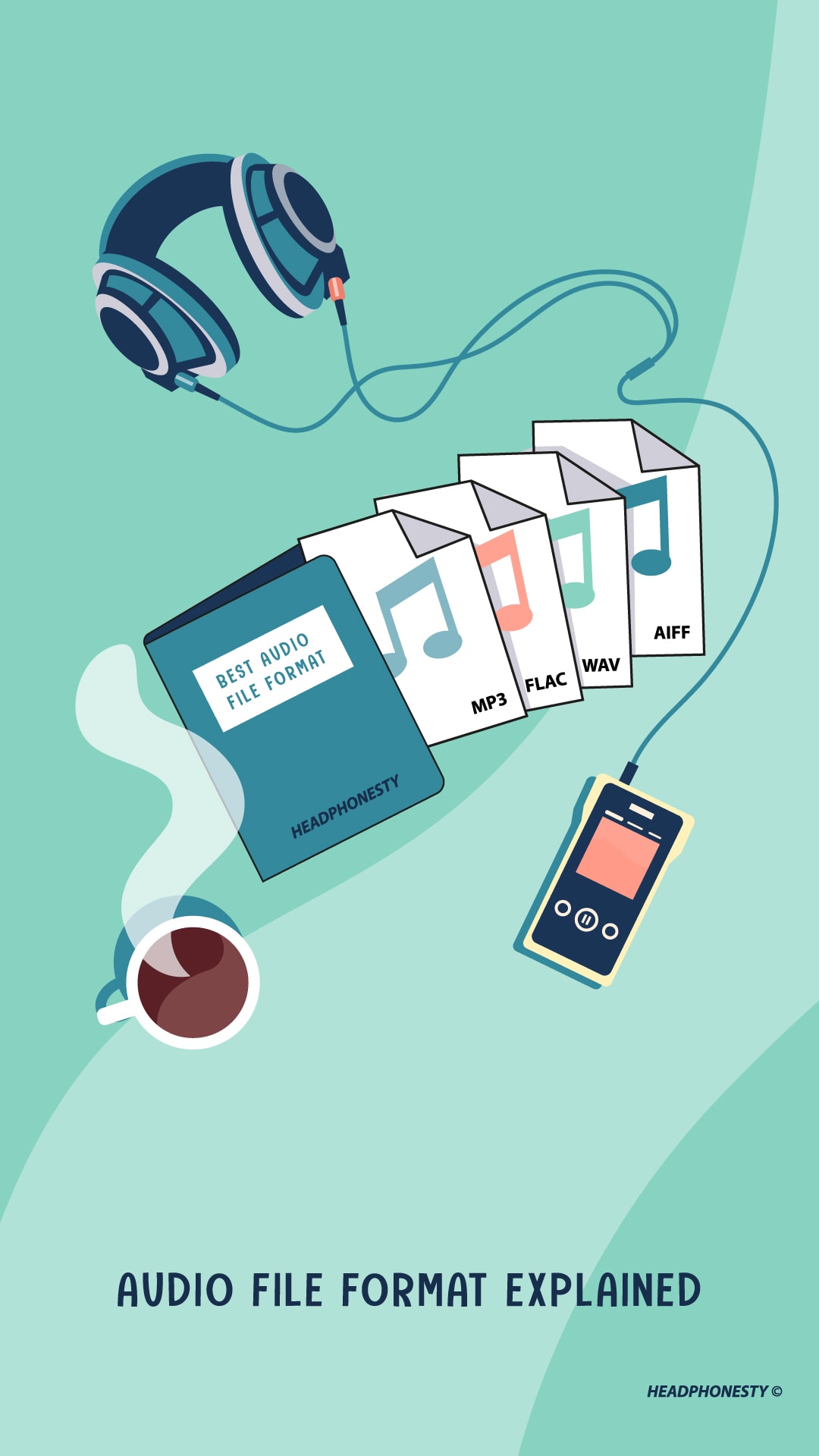
What Audio Format Dose It Have To Be To Inport Onto Iphone
Source: https://www.headphonesty.com/2020/04/best-audio-file-formats-explained/
Posted by: jarmansivionts35.blogspot.com

0 Response to "What Audio Format Dose It Have To Be To Inport Onto Iphone"
Post a Comment